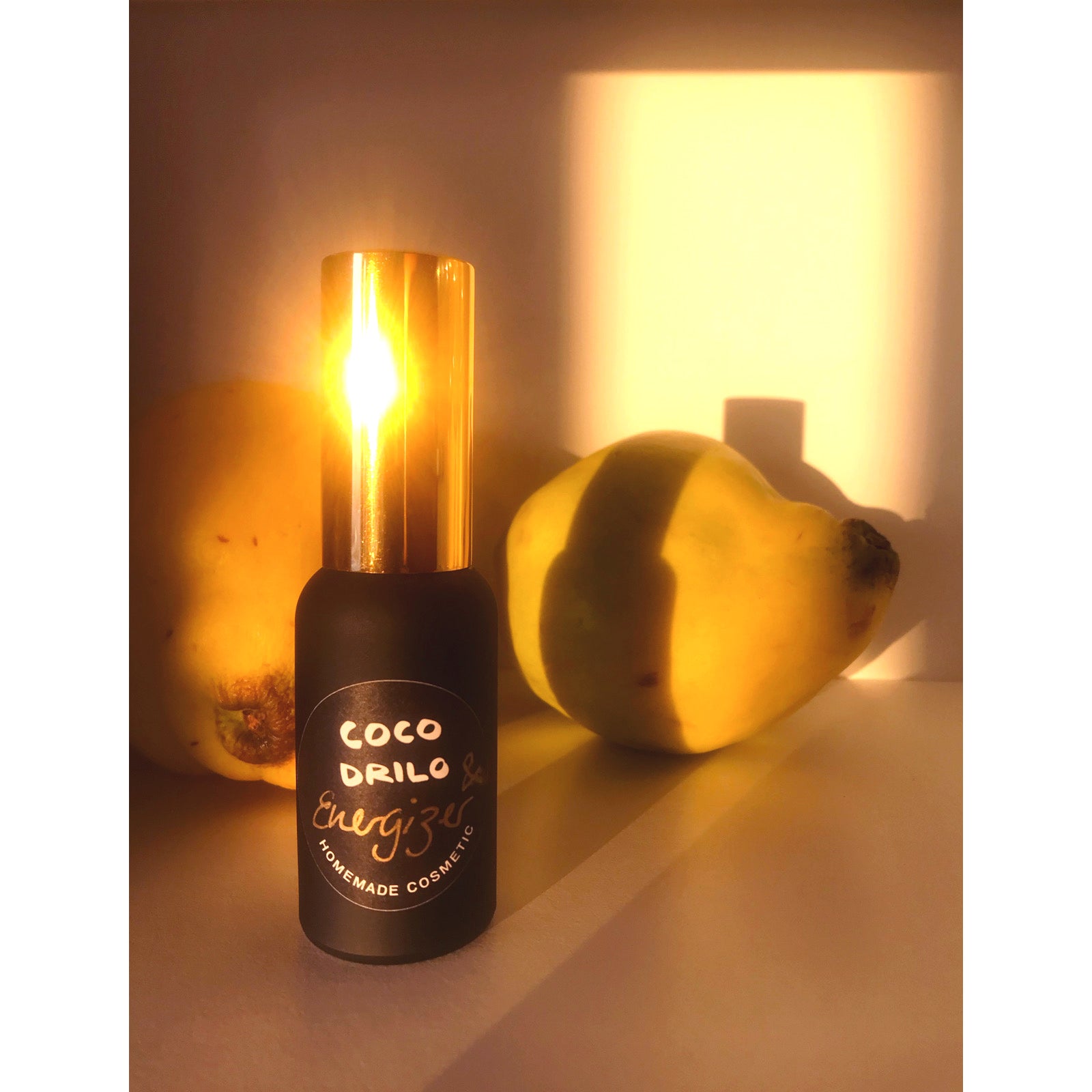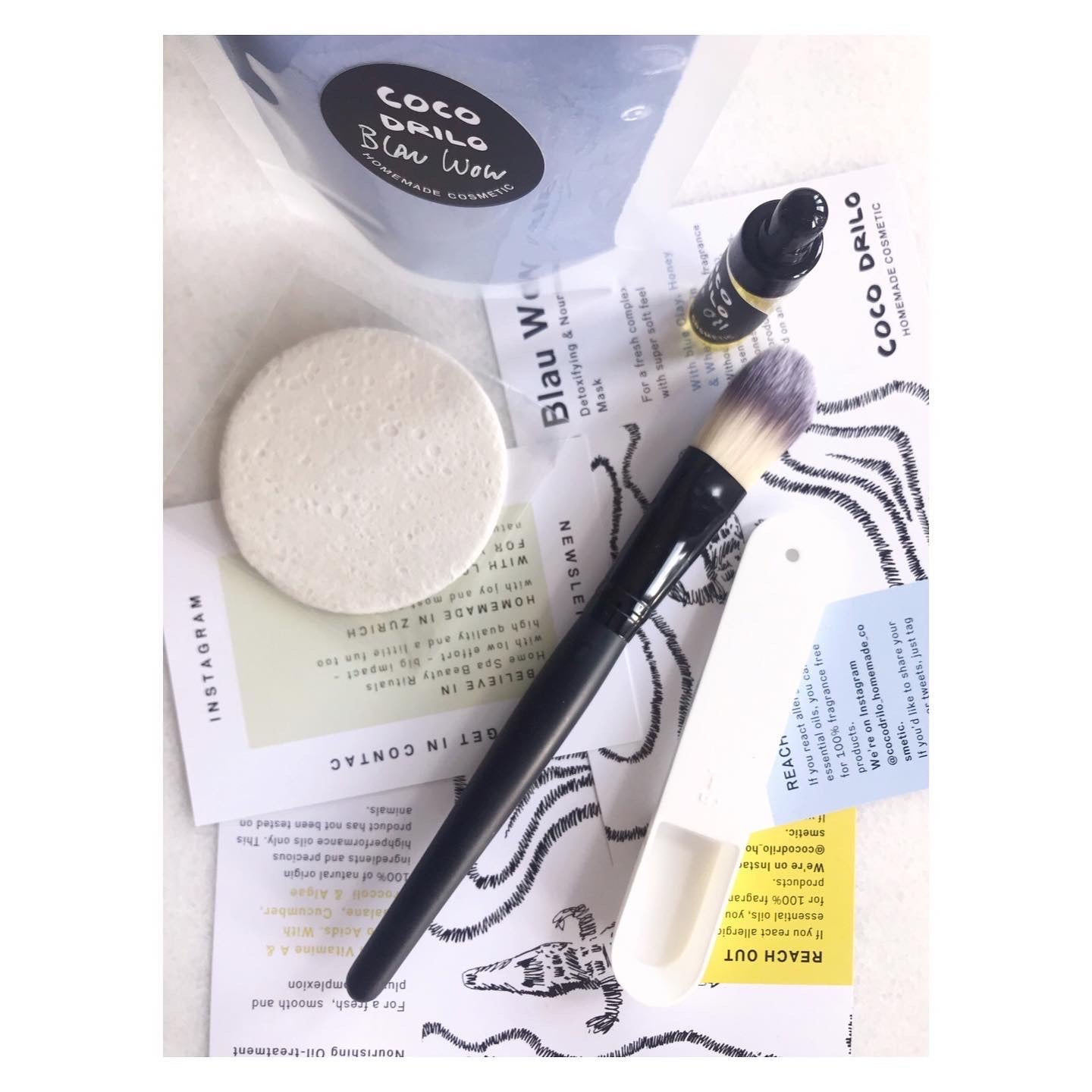
BLAUKOHL / ROTKOHL english below..
Blaukohl ist ein wahrer, lokaler und über das ganze Jahr verfügbarer Superfood. Seine Pflanzenfarbstoffe enthalten Flavonoide und Anthocyanen die das Gemüse unter anderem vor freien Radikalen schützen. Auch wir profitieren von diesen Antioxidantien und Immunsystem stärkenden Eigenschaften. Blaukohl ist reich an Mineralien und Vitamin C. Geniessbar z.B. Mit den Eiern als Salat.
Färberezept: Die Eier habe ich direkt mit ein paar Blaukohl-blätter aufgekocht. Die äussersten, dunklen Blätter enthalten am meisten Farbstoffe. Pinke Akzente erzielt man ganz einfach mit z.B. Zitrone oder Essig. Blaukohl ist ein sogenannter pH-Indikator und verändert die Farbe im alkalischen oder sauren Milieu.
Viel Spass beim Experimentieren!
(Achtung färbt auch Textil und Umgebung.)
Ps: Es gibt übrigens auch von Natur aus blaue Eier, gelegt werden sie von den Auracaner Hühner und werden blau durch das Oocyan Gen.
BLUE / RED CABBAGE
Blue cabbage is a true, local superfood available all year round. Its plant dyes contain flavonoids and anthocyanins, which protect the vegetables from free radicals, among other things. We also benefit from these antioxidants and immune system strengthening properties. Blue cabbage is rich in minerals and vitamin C. Edible, for example. With the eggs as a salad.
Coloring recipe: I boiled the eggs directly with a few leaves of blue cabbage. The outermost, dark leaves contain the most dye. You can easily achieve pink accents with e.g. Lemon or vinegar. Blue cabbage is a so-called pH indicator and changes color in an alkaline or acidic environment.
Have fun experimenting!
(Attention also colors textile and surroundings.)
By the way, there are also naturally blue eggs, they are laid by the Auracan chickens and become blue by the Oocyan gene.
HAPPY EASTER EVERYONE!
Stay save & healthy
Julie
Leave a comment (all fields required)
Comments will be approved before showing up.


